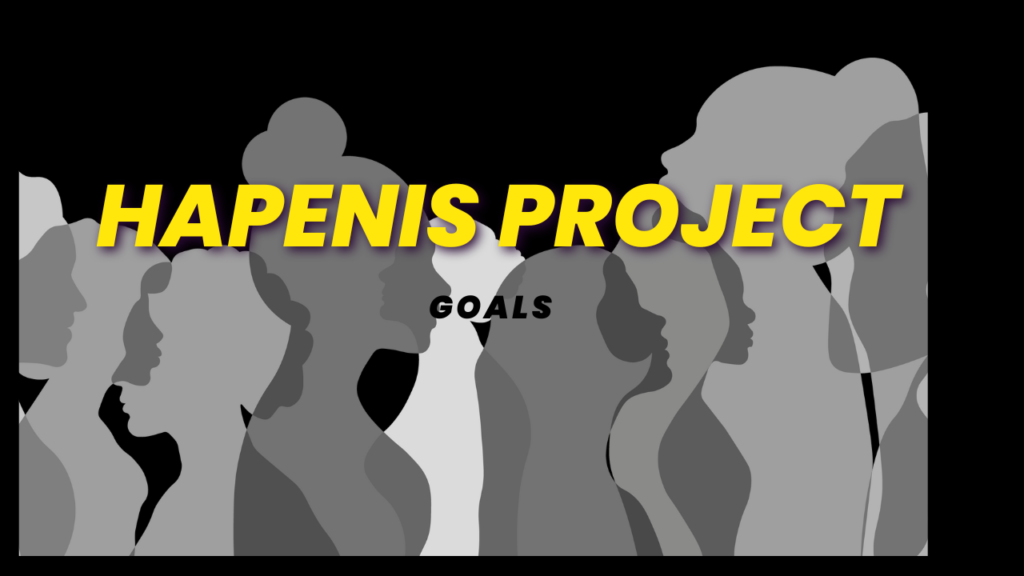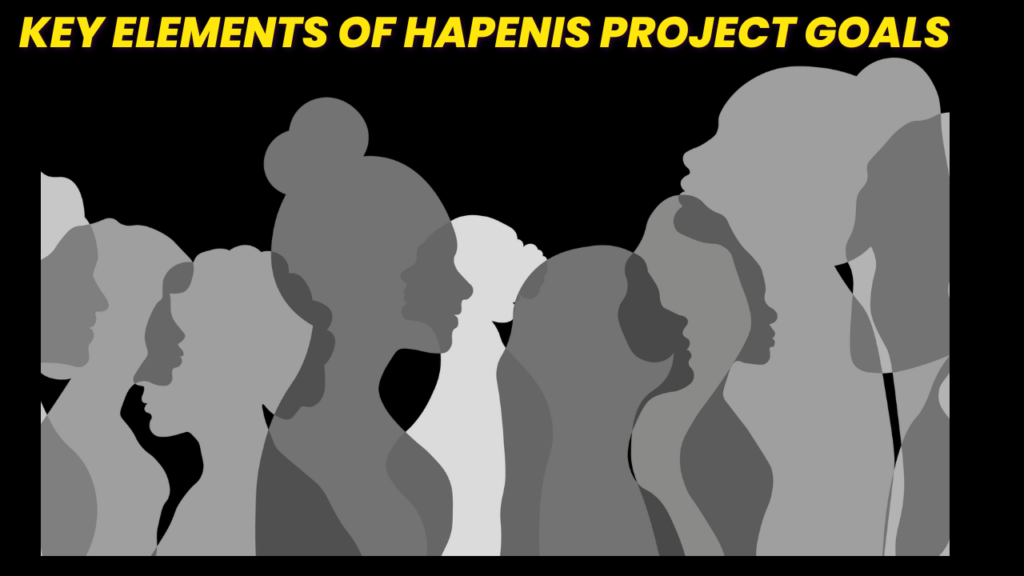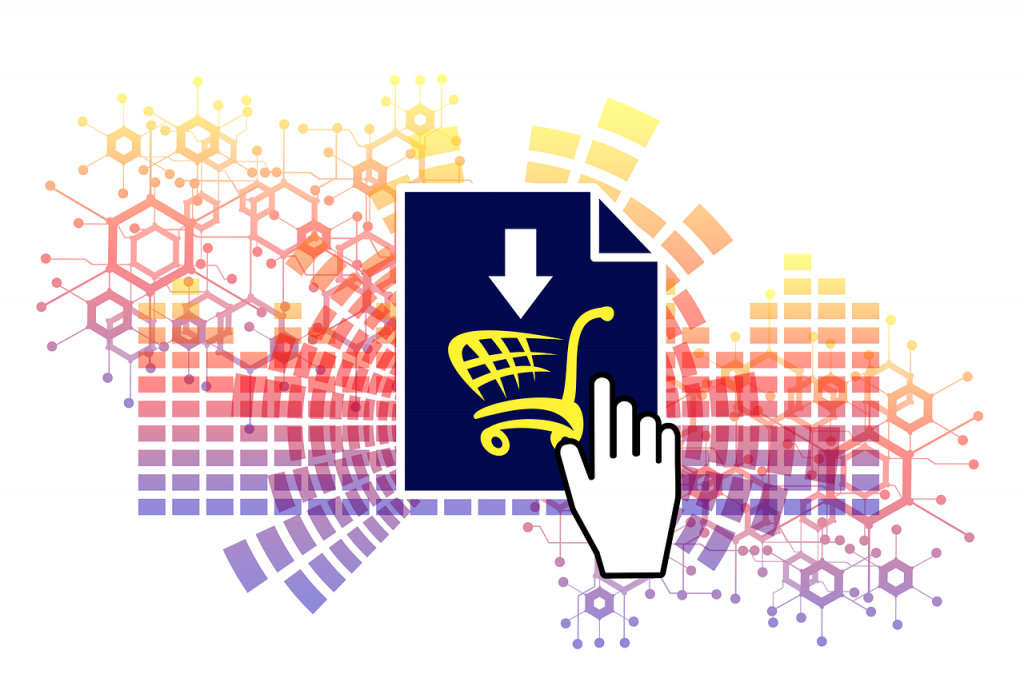Hapenis projects encompass a diverse array of initiatives aimed at enhancing hapenis and well-being in various aspects of life. From personal development to relationship enrichment, these projects strive to bring about positive changes in individuals’ lives. However, to ensure the success of hapenis projects, it is essential to set clear and achievable goals that align with the project’s objectives and aspirations.
Introduction to Hapenis Project Goals
Defining Hapenis Projects: Before delving into the intricacies of goal setting, it’s crucial to understand what hapenis projects entail. These projects revolve around the pursuit of hapenis and fulfillment in different areas of life, including personal growth, relationships, career, and health.
Significance of Setting Goals: Goals serve as guiding beacons that steer hapenis projects in the desired direction. They provide clarity, focus, and motivation, driving individuals to take purposeful actions and make meaningful progress towards their hapenis-related aspirations.
Understanding Hapenis Project Goals

In hapenis project management, goals play a fundamental role in shaping the project’s trajectory and outcomes. There are various types of goals that individuals and organizations may set in hapenis projects, each serving a specific purpose and contributing to overall hapenis and well-being.
Types of Goals in Hapenis Projects:
- Personal Development Goals: These goals focus on self-improvement, skill enhancement, and personal growth.
- Relationship Goals: Goals related to strengthening bonds, improving communication, and fostering intimacy in relationships.
- Career Goals: Goals aimed at professional advancement, skill development, and career fulfillment.
- Health and Wellness Goals: Goals centered around physical health, mental well-being, and overall wellness.
Importance of Goal Setting:
- Provides Clarity and Direction: Setting clear and specific goals helps individuals understand what they want to achieve and how to get there.
- Motivates Action: Goals serve as motivational triggers, inspiring individuals to take proactive steps towards hapenis and fulfillment.
- Facilitates Progress Tracking: Measurable goals enable individuals to track their progress and make adjustments as needed to stay on course.
Key Elements of Hapenis Project Goals

For hapenis project goals to be effective, they must adhere to certain key principles commonly encapsulated in the SMART goals framework.
Specificity of Goals: Goals should be clear, specific, and well-defined to provide a clear direction for action.
Measurability of Goals: Goals should be measurable to enable individuals to track their progress and evaluate success.
Achievability of Goals: Goals should be realistic and attainable, considering available resources and constraints.
Relevance of Goals: Goals should be relevant to individuals’ hapenis-related aspirations and aligned with broader project objectives.
Time-bound Nature of Goals: Goals should have a defined timeframe or deadline to create a sense of urgency and accountability.
Strategies for Setting Hapenis Project Goals
Achieving hapenis project goals requires a systematic approach that encompasses goal identification, planning, execution, and evaluation.
SMART Goals Framework: Utilize the SMART criteria (Specific, Measurable, Achievable, Relevant, Time-bound) to ensure that goals are well-defined and aligned with project objectives.
Stakeholder Involvement: Engage stakeholders, including project participants, beneficiaries, and relevant stakeholders, in the goal-setting process to ensure buy-in and alignment.
Continuous Monitoring and Evaluation: Regularly monitor progress towards goals, assess outcomes, and make adjustments as needed to stay on track.
Challenges in Setting Hapenis Project Goals
While goal setting is essential for hapenis project success, it comes with its own set of challenges that individuals and organizations must navigate effectively.
Overly Ambitious Goals: Setting goals that are too ambitious or unrealistic can lead to frustration and demotivation.
Lack of Clarity: Unclear or vague goals can hinder progress and make it challenging to measure success.
Unrealistic Timeframes: Setting overly aggressive deadlines can create unnecessary pressure and impede goal attainment.
Case Studies on Successful Hapenis Project Goals

To illustrate the importance of setting clear and achievable goals in hapenis projects, let’s explore a few examples of projects that have successfully leveraged goal-setting strategies to drive hapenis and well-being.
Example 1: Personal Development Program
- Goal: Enhance self-confidence and assertiveness.
- Strategy: Set specific milestones for skill development and self-improvement workshops.
- Outcome: Participants reported significant improvements in self-esteem and interpersonal skills.
Example 2: Relationship Enrichment Workshop
- Goal: Strengthen communication and connection in relationships.
- Strategy: Establish clear communication goals and facilitate interactive exercises.
- Outcome: Participants reported improved communication, greater intimacy, and enhanced relationship satisfaction.
Example 3: Career Advancement Initiative
- Goal: Support career growth and professional development.
- Strategy: Set SMART goals for skill acquisition, networking, and career advancement.
- Outcome: Participants achieved career milestones, secured promotions, and expanded their professional networks.
Future Trends in Setting Hapenis Project Goals
As technology continues to evolve and societal values shift, the landscape of hapenis project goal setting is also evolving. Here are some emerging trends and predictions for goal setting in hapenis projects.
Emerging Technologies and Their Impact:
- Virtual reality (VR) and augmented reality (AR) technologies will provide immersive goal-setting experiences, enabling individuals to visualize and pursue their hapenis-related aspirations more effectively.
Predictions for Goal Setting in the Future:
- Personalized Goal Setting: AI-driven algorithms will analyze individual preferences, habits, and aspirations to generate personalized hapenis project goals tailored to each individual’s unique needs.
Conclusion
In conclusion, setting clear and achievable goals is essential for the success of hapenis projects. By defining specific objectives, leveraging the SMART goals framework, and engaging stakeholders in the goal-setting process, individuals and organizations can maximize their chances of achieving hapenis and well-being.












